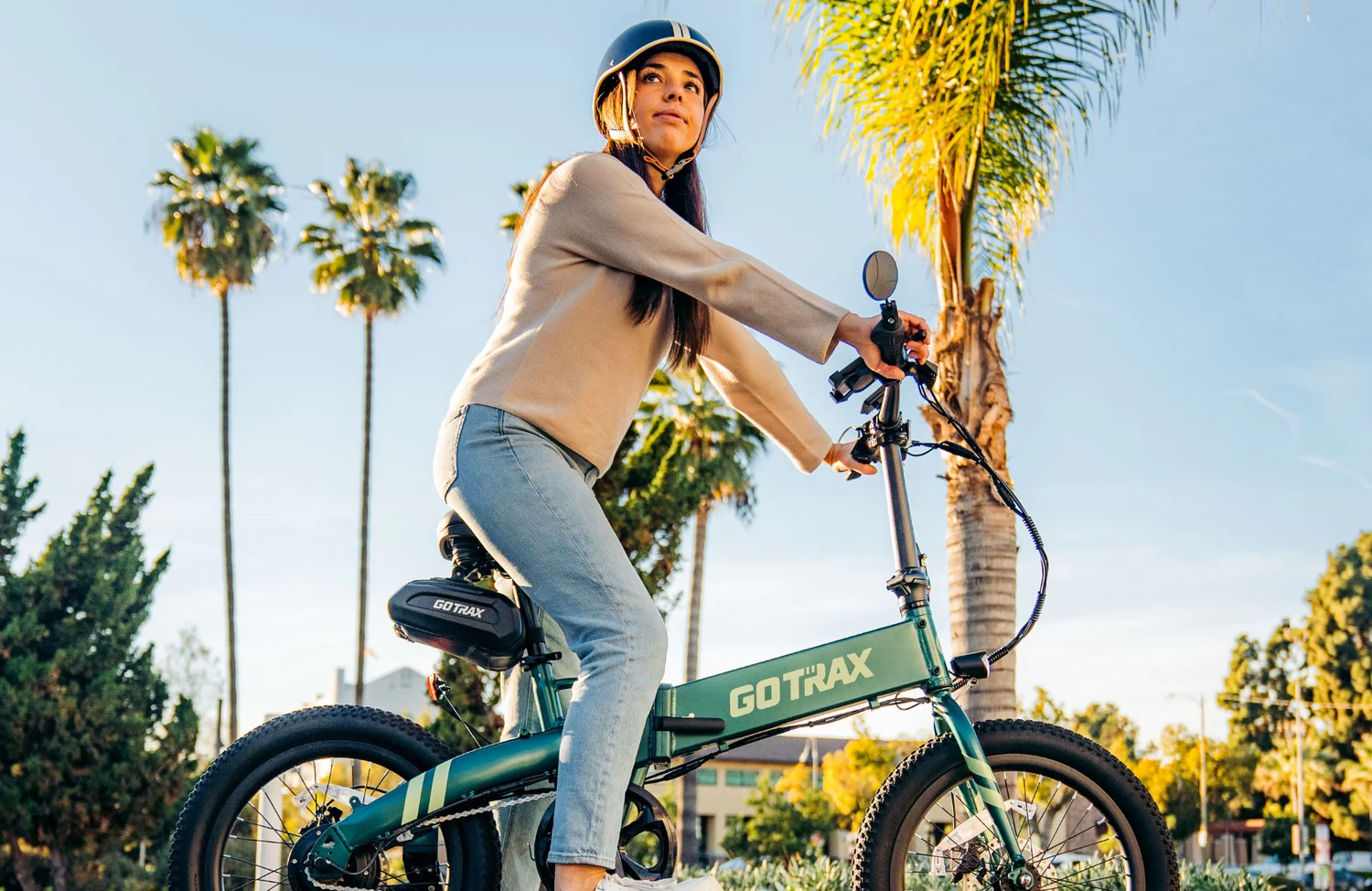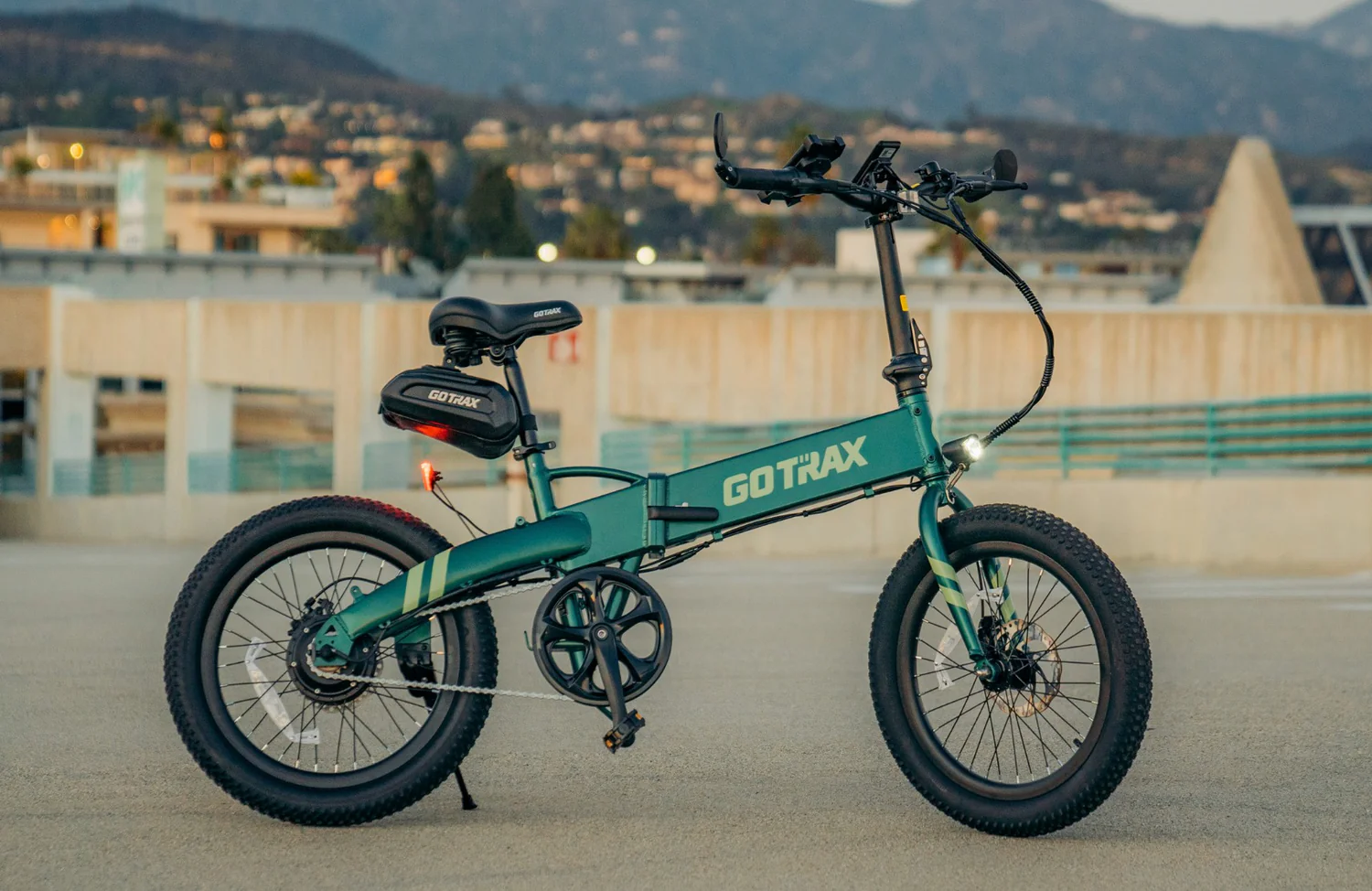With the growing popularity of electric bikes in Canada, many riders are curious about the legality of higher-powered models, specifically 750-watt e-bikes. While e-bikes offer an efficient and eco-friendly mode of transportation, their legal status depends on federal and provincial regulations.
This article explores the Canadian laws regarding 750W e-bikes and what riders need to know before hitting the road.
Federal Regulations on E-Bikes
At the federal level, Canada defines an e-bike (also called a power-assisted bicycle) under the Motor Vehicle Safety Regulations. According to these regulations, an e-bike must:
- Have a maximum motor output of 500 watts
- Have functional pedals
- Not exceed a speed of 32 km/h on level ground when using motor assistance
Any e-bike exceeding these limits, including those with a 750W motor, may be classified as a motor vehicle, requiring registration, insurance, and a valid driver’s license, depending on provincial rules. Riders looking for alternative electric transportation options, such as an electric scooter, should also be aware of local regulations to ensure compliance.
Additionally, motor vehicles must comply with stricter safety standards, including lighting, braking, and structural requirements that do not apply to standard e-bikes.
Provincial Regulations: Variability Across Canada

While federal laws set the baseline, each province has its own rules regarding e-bikes, leading to variations in enforcement and restrictions. Here’s how some key provinces handle 750W e-bikes:
- Ontario: The Ontario Highway Traffic Act aligns with federal standards, meaning e-bikes must not exceed 500W. A 750W e-bike would not be considered street legal and may require registration as a motor vehicle. Ontario also mandates that riders must be at least 16 years old and wear an approved helmet while operating an e-bike.
- British Columbia: Similar to Ontario, BC enforces a 500W power limit for e-bikes. Anything above this threshold may be treated as a limited-speed motorcycle. Riders must be at least 16 years old and wear a helmet. BC also prohibits e-bikes from operating on sidewalks but allows them on designated bike paths.
- Quebec: The province follows the 500W power limit but allows e-bikes on roads and designated bike paths if they meet safety requirements. Quebec also has additional regulations regarding e-bike weight, restricting them to a maximum of 120 kg, including the battery and accessories.
- Alberta: Alberta follows federal guidelines, capping e-bike motors at 500W. The province also mandates that e-bikes must have fully operable pedals equipped with a bell or horn.
- Manitoba and Saskatchewan: These provinces also adhere to the federal 500W limit, restricting higher-powered e-bikes from public roads. Riders must be at least 14 years old to operate an e-bike in Manitoba.
In provinces where 750W e-bikes are not permitted on public roads, they may still be used on private property or designated off-road trails, depending on local bylaws.
However, some municipalities have additional restrictions regarding where e-bikes can be ridden, making it crucial for riders to verify local regulations before purchasing a high-powered model.
What About E-Bikes That Can Be Limited?

Some 750W e-bikes come with software or hardware that allows users to limit the motor output to 500W to comply with regulations. However, if the bike is capable of exceeding the limit, it may still be considered illegal in certain provinces unless permanently restricted.
In some cases, law enforcement officials may inspect e-bikes to determine whether they have been modified or if their power output can be increased beyond the legal threshold.
Consequences of Riding a 750W E-Bike Illegally
If an e-bike exceeds the legal wattage limit and is used on public roads, riders may face:
- Fines and penalties: These can vary by province and municipality but often range from $250 to $2,000, depending on the severity of the violation.
- Possible vehicle seizure: Authorities may confiscate an illegal e-bike if it does not meet regulatory requirements.
- Requirements for insurance and registration: If reclassified as a motor vehicle, the e-bike may require insurance, registration, and a license plate.
- Liability issues in case of accidents: If a 750W e-bike is involved in a collision, the rider may face additional legal consequences, particularly if the bike is not properly insured.
- Restrictions on public trails and parks: Some national and provincial parks prohibit high-powered e-bikes on designated trails, limiting access for recreational riders.
Alternatives to 750W E-Bikes
For riders who require more power for steep inclines, heavy loads, or long-distance travel, there are alternative options that comply with Canadian regulations:
- Mid-drive motors: These e-bikes offer better torque and efficiency while remaining within the 500W limit, making them suitable for hilly terrains.
- Class 3 e-bikes: While these still adhere to the 500W restriction, they offer pedal-assist speeds up to 45 km/h where permitted by local laws.
- Cargo e-bikes: Designed for carrying heavy loads, these bikes optimize power output without exceeding legal limits.
- Off-road e-bikes: If higher power is essential, consider models designed exclusively for private land or off-road use where restrictions are less strict.
Conclusion: Should You Ride a 750W E-Bike in Canada?
In Canada, 750W e-bikes generally do not meet legal street-use standards unless restricted to 500W. Riders should check provincial laws before purchasing or modifying an e-bike. If you require more power, consider off-road trails or private property use where permitted.
Staying informed about local regulations ensures a safe and legal riding experience. For those who want the extra power without legal concerns, exploring alternative e-bike models that comply with Canadian laws may be the best option.


